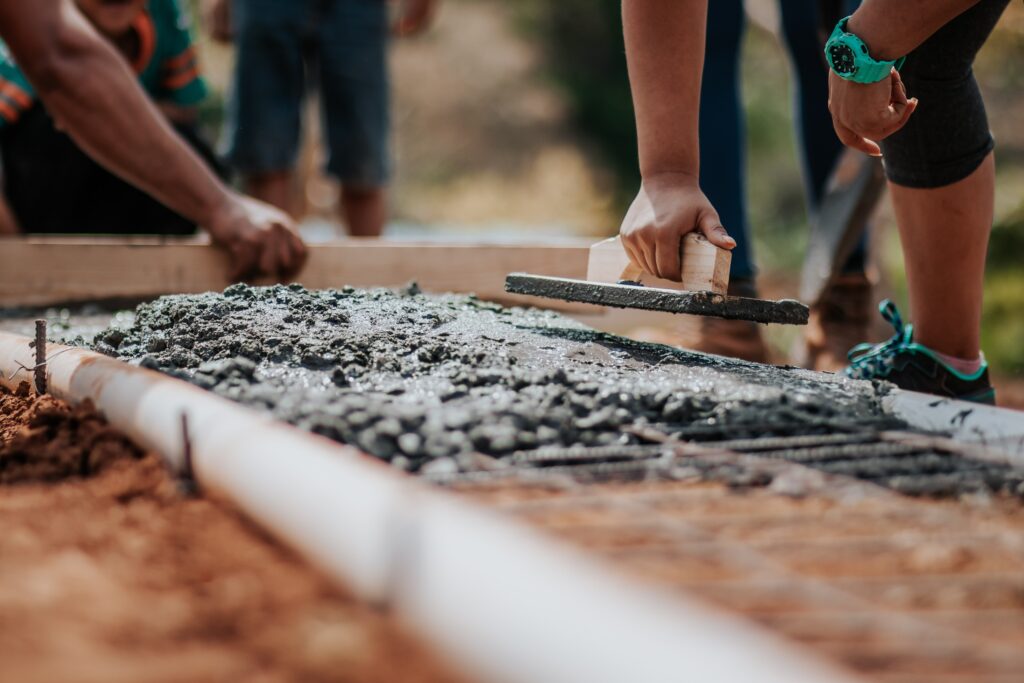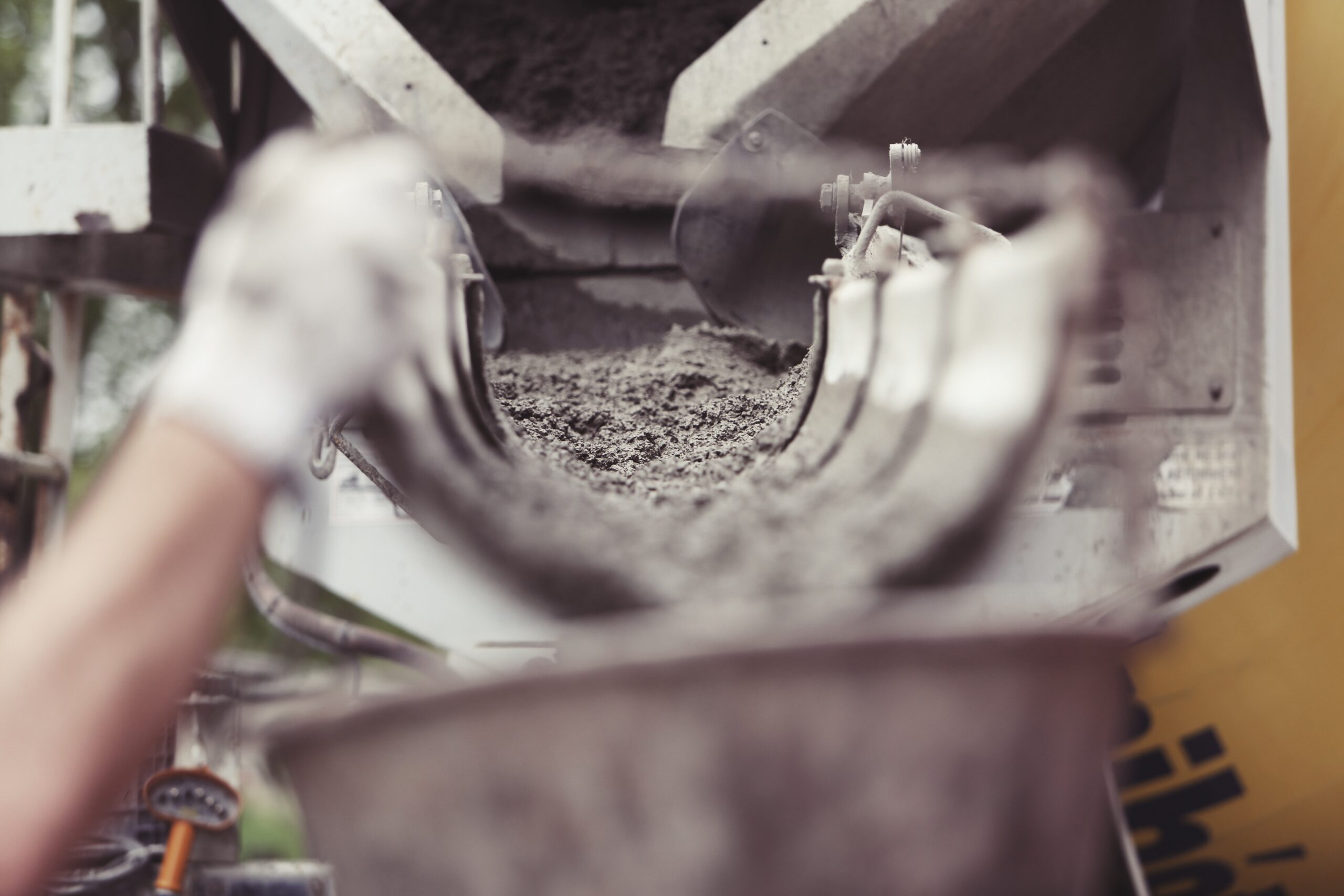Autoclaved Aerated Concrete (AAC) has gained popularity as a revolutionary construction material in Malaysia. With its lightweight yet durable properties, AAC offers numerous advantages over traditional building materials. In this article, we will explore the advantages, usage, and reasons why Malaysians should consider adopting AAC for their construction projects with 3Dresources.
The Advantages of Autoclaved Aerated Concrete
Autoclaved Aerated Concrete (AAC) provides several significant advantages for Malaysian builders and homeowners. These advantages include:
Lightweight and Easy to Handle:
AAC is a lightweight building material, making it easier to handle during construction. Its lightness reduces the strain on builders and allows for faster construction, leading to cost savings in labor.
Thermal Insulation Properties:
AAC possesses excellent thermal insulation properties, keeping buildings cooler in Malaysia’s tropical climate. This feature helps reduce energy consumption and lowers air conditioning costs, resulting in long-term savings for homeowners.
Sound Insulation:
AAC effectively blocks external noise, creating a peaceful indoor environment. This advantage is particularly beneficial in urban areas or near busy roadways, where noise pollution can be a concern.
Fire Resistance:
AAC is non-combustible and can withstand high temperatures, making it an ideal choice for fire-resistant construction. The material’s fire-resistant properties provide increased safety and peace of mind for both residential and commercial buildings.
Durability and Structural Strength:
Despite its lightweight nature, AAC is remarkably strong and durable. It can withstand extreme weather conditions, including high winds and seismic activity. This strength makes AAC suitable for various construction applications, from low-rise residential buildings to high-rise structures.
Usage of Autoclaved Aerated Concrete
AAC is versatile and can be used in various construction applications. Some common uses of AAC in Malaysia include:

Residential Buildings:
AAC is ideal for constructing homes due to its lightweight nature, thermal insulation properties, and soundproofing capabilities. It provides a comfortable living environment while reducing energy consumption.
Commercial Buildings:
From office complexes to shopping malls, AAC is a reliable choice for commercial construction. Its fire-resistant properties, structural strength, and energy efficiency make it a popular option among developers.
Industrial Structures:
AAC’s durability and load-bearing capacity make it suitable for industrial applications, such as warehouses and factories. It can withstand heavy loads while providing insulation and fire resistance.
Partition Walls:
AAC blocks are commonly used for internal partition walls. They are lightweight, easy to install, and offer excellent sound insulation properties, ensuring privacy within buildings.
The Reason to Choose Autoclaved Aerated Concrete
There are compelling reasons why Malaysians should consider choosing AAC for their construction projects:
Sustainability:
AAC is an eco-friendly material as it utilizes fly ash, a byproduct of coal combustion, in its manufacturing process. By choosing AAC, Malaysians contribute to reducing environmental impact and promote sustainable building practices.
Cost Efficiency:
While AAC may have a higher upfront cost compared to traditional building materials, its long-term benefits outweigh the initial investment. The energy savings from its thermal insulation properties and the reduced maintenance requirements contribute to significant cost savings over time.
Conclusion
Autoclaved Aerated Concrete (AAC) offers numerous advantages, versatile usage, and compelling reasons for Malaysians to consider incorporating it into their construction projects. With its lightweight nature, thermal and sound insulation properties, fire resistance, and durability, AAC provides a sustainable and cost-efficient solution for both residential and commercial buildings. Embracing AAC in the Malaysian construction industry will not only enhance the quality of structures but also promote a greener and more energy-efficient future.
